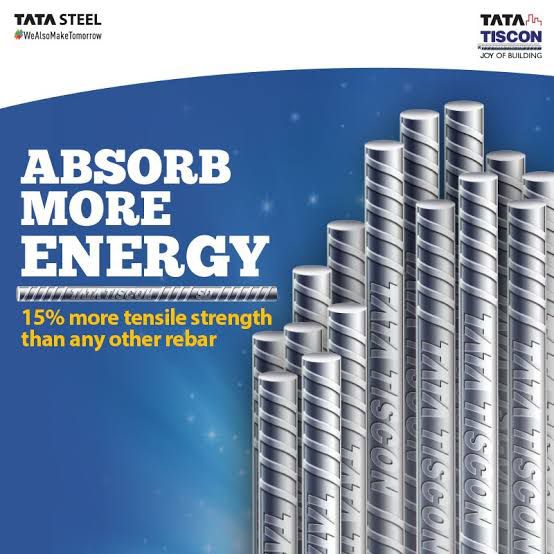TYPES OF FOUNDATION USED IN CONSTRUCTION
Types of Foundation Used in Construction
Foundations are an integral part of any construction project, providing the structural support necessary to bear the weight of a building and transfer it to the ground. Different types of foundations are employed based on factors such as the soil type, building design, and environmental conditions. Let’s delve into the various types of foundations commonly used in construction.
1. Shallow Foundations:
Shallow foundations, also known as spread footings, are used when the upper soil layers possess sufficient bearing capacity to support the building loads. Here are some common types:
– Strip Foundations:
These are continuous footings that distribute the load of the walls or columns over a wider area. They are commonly used for low-rise residential buildings.
– Pad Foundations:
Pad foundations are isolated footings that support individual columns. They’re suitable for concentrated loads and are often used in industrial and commercial structures.
– Raft Foundations:
Raft foundations, or mat foundations, are large slabs that cover the entire building footprint. They’re beneficial in areas with poor soil conditions and help distribute the load more evenly.
2. Deep Foundations:
Deep foundations are employed when the upper soil layers are unable to bear the load, requiring support from deeper, more stable soil layers. Some common types include:
– Pile Foundations:
Pile foundations involve driving vertical columns (piles) into the ground. They’re suitable for both compressible and non-compressible soils and are widely used in high-rise buildings and bridges.
– Drilled Shaft Foundations:
Similar to piles, drilled shafts are large-diameter, cast-in-place concrete foundations used for heavy loads and challenging soil conditions.
– Caisson Foundations:
Caissons are watertight structures that are either floated to the desired location or sunk into place. They’re commonly used in bridge piers and other structures in or near water.
3. Special Foundations:
Certain construction projects demand unique foundation types to accommodate specific requirements:
– Screw Pile Foundations:
These are helical steel piles screwed into the ground, offering a versatile solution with minimal environmental impact. They’re suitable for both temporary and permanent structures.
– Crawl Space Foundations:
Crawl spaces provide limited space between the ground and the bottom of the first floor of a building. They offer access for utilities and can be more cost-effective than full basements.
– Basement Foundations:
Basements involve excavating a space below ground level to create usable living or storage space. They’re common in residential construction and offer extra room but can be more expensive to construct.
4. Factors Influencing Foundation Choice:
Choosing the appropriate foundation type depends on various factors:
– Soil Conditions:
Soil bearing capacity, type (clay, sand, rock, etc.), and water table significantly impact the foundation choice.
– Load Distribution:
The magnitude and distribution of the loads exerted by the structure play a crucial role in determining the foundation type.
– Building Design:
The architectural design and intended use of the building influence the foundation choice. Tall buildings might require deeper foundations, while expansive structures might opt for raft foundations.
– Environmental Considerations:
Local environmental conditions, such as seismic activity and flooding, may necessitate specific foundation types to ensure structural stability.
– Cost and Time Constraints:
Budget and timeline limitations can impact the choice of foundation, as some types are more cost-effective and quicker to implement than others.
Conclusion:
In the realm of construction, selecting the right foundation type is paramount to the longevity and stability of a structure. Whether it’s a small residential home or a towering skyscraper, understanding soil characteristics, load requirements, and environmental factors guides engineers and architects in making the best foundation choice for each unique project.
Please note that this article is generated for illustrative purposes and may require further editing and customization to match your specific requirements.


